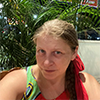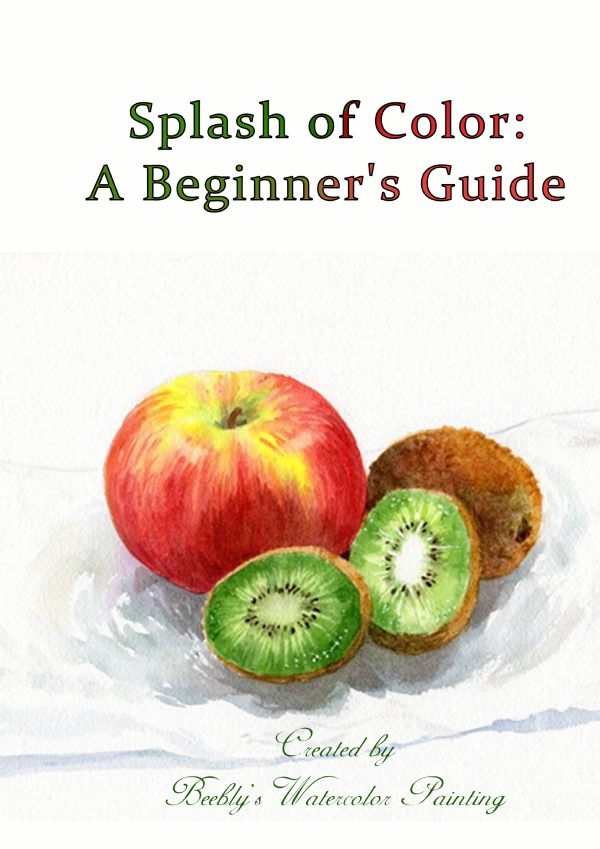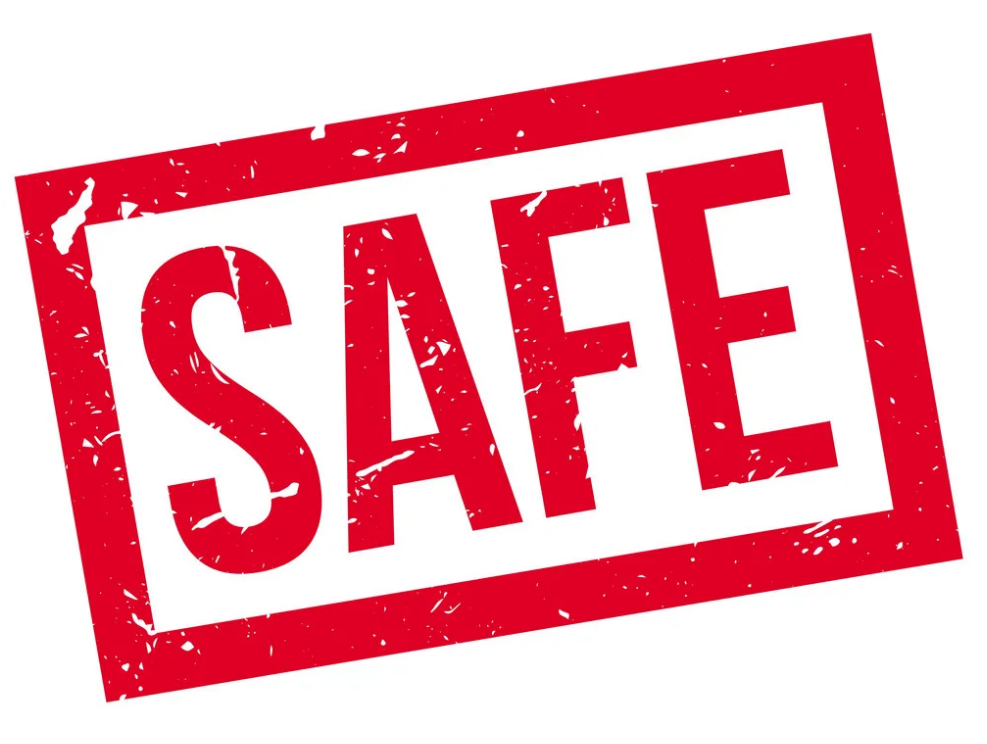
Discover essential safety tips for watercolor painting in this insightful article. Learn about selecting non-toxic materials, maintaining a safe workspace, and understanding potential hazards associated with certain pigments. Empower your artistic journey with practical guidance for a safe and mindful painting practice.
Categories: Watercolor Lessons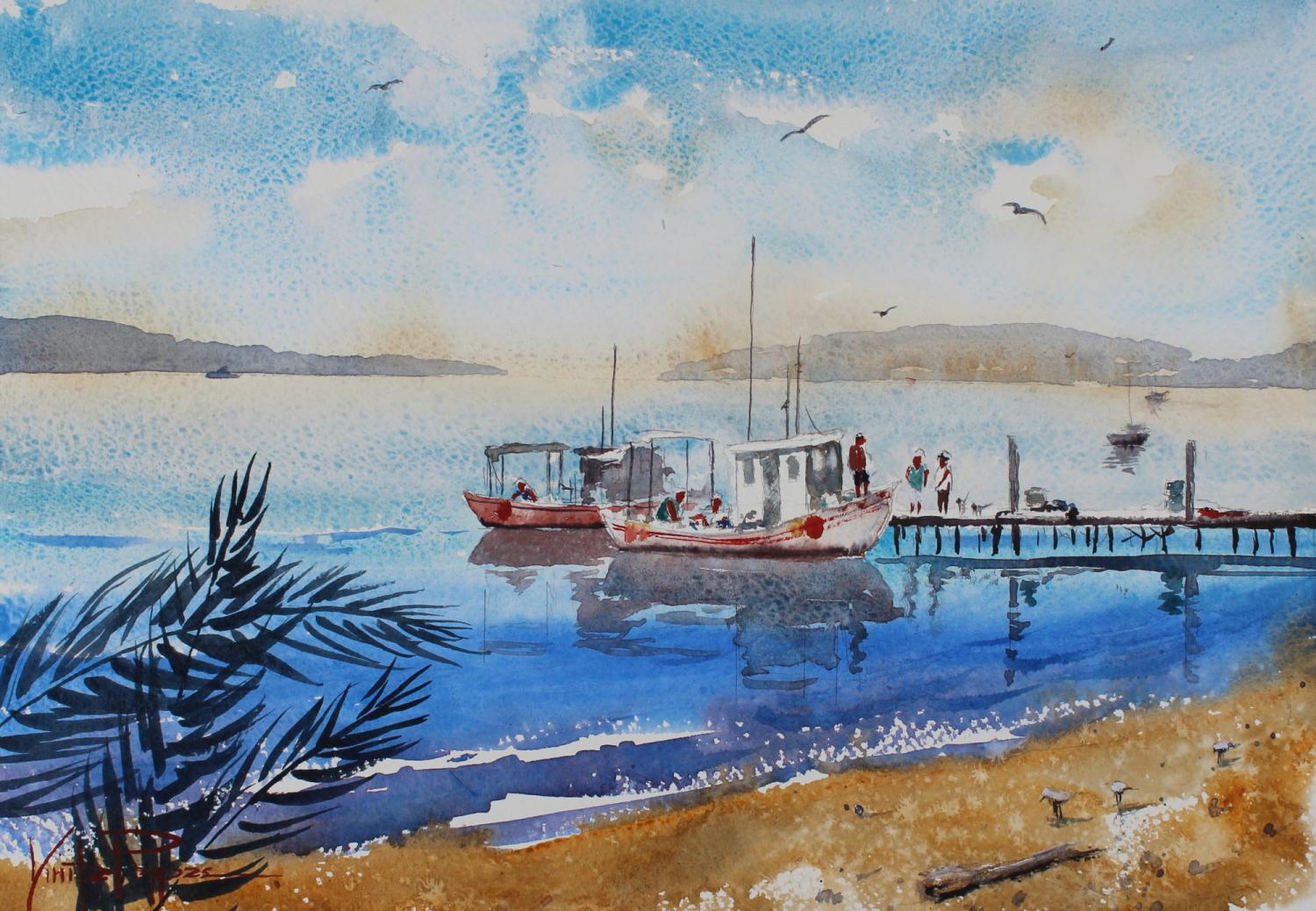
Learn how to paint beautiful watery landscapes with reflections and human figures with Vinita Pappas' beginner-friendly tutorial.
Categories: Step-By-Step Painting Ideas , Watercolor Lessons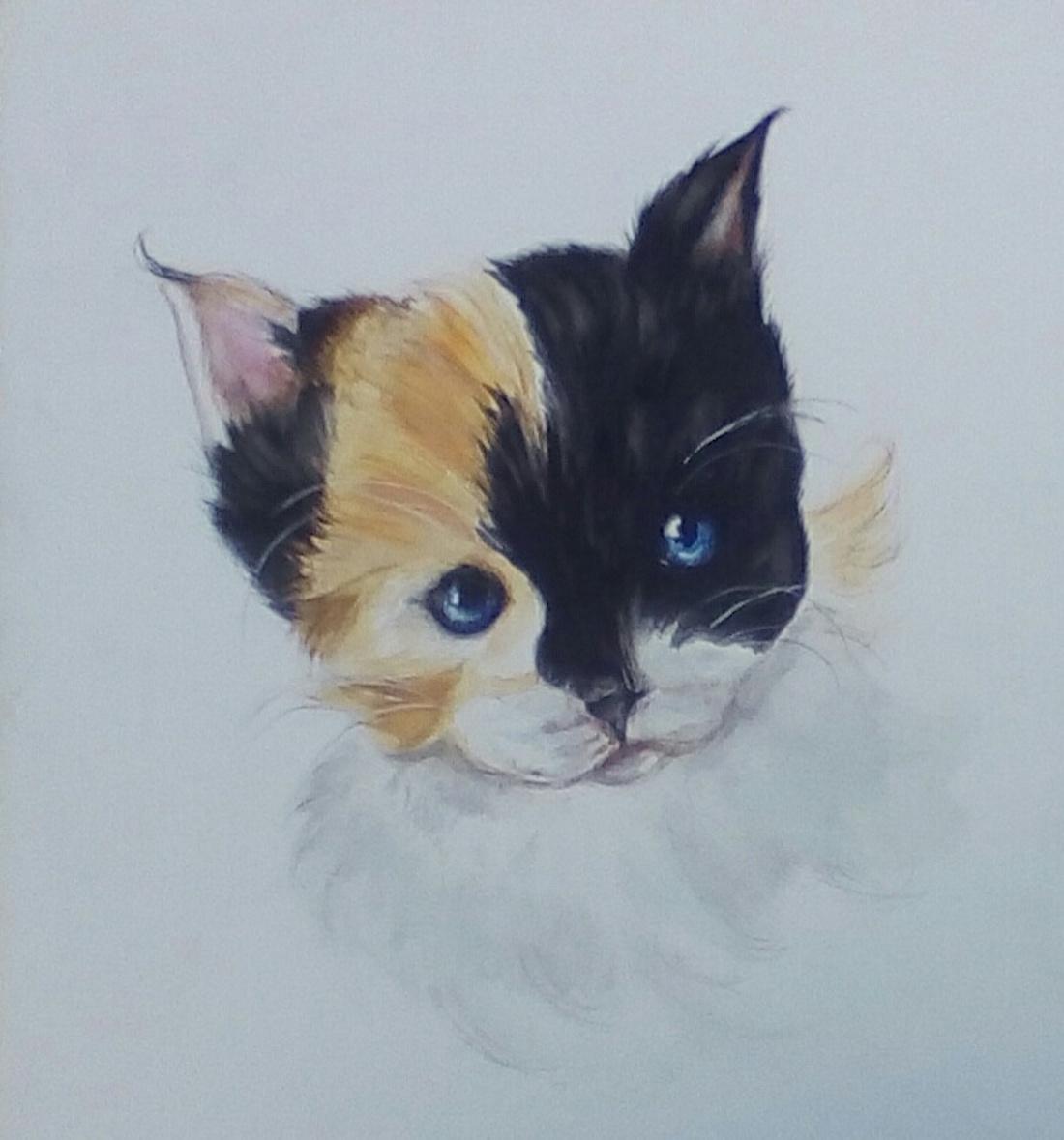
Learn how to paint a cat with expert watercolor artist Vanda Lavar. In this tutorial, Vanda will guide you step-by-step through the process of painting a beautiful cat, from creating a detailed sketch to applying the watercolor paint to create a realistic and lifelike image. With her expert guidance and the final image and sketch provided, you'll be able to create a stunning painting that showcases your artistic skills. J
Categories: Watercolor Lessons , Intermediate Techniques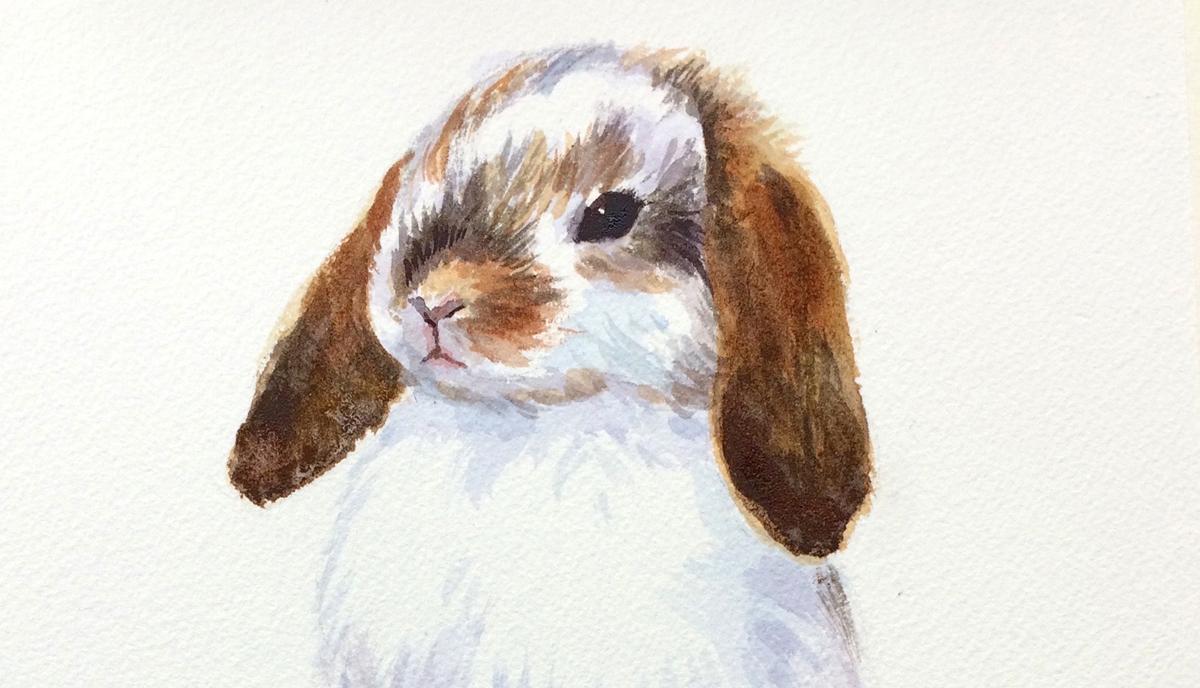
Are you looking to add some variety to your animal painting repertoire? If so, you're in luck because this article is all about exploring new and exciting animal painting projects. Whether you're a beginner, intermediate, or advanced artist, we've got something for you. Instead of the usual animals, we'll be diving into the vibrant and colorful world of exotic fish underwater for beginners. Intermediate artists can spread their wings and paint a majestic eagle in a loose watercolor style. And for advanced artists, we'll tackle the intricate challenge of painting a white and gray bunny with complex fur. By trying...
Categories: Watercolor Lessons , Intermediate Techniques , Advanced Techniques , Beginner Techniques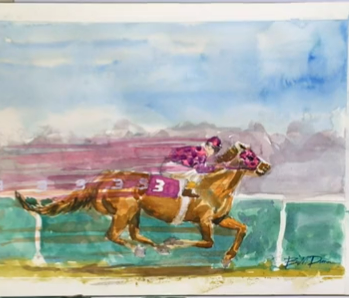
Discover the origins of watercolor paint and learn about its evolution over time. From ancient civilizations to modern-day artists, watercolor painting has a rich history that continues to captivate art lovers around the world. Find out who invented watercolor paint and how it became a beloved and timeless medium.
Categories: Watercolor Lessons , Advanced Techniques , Color Theory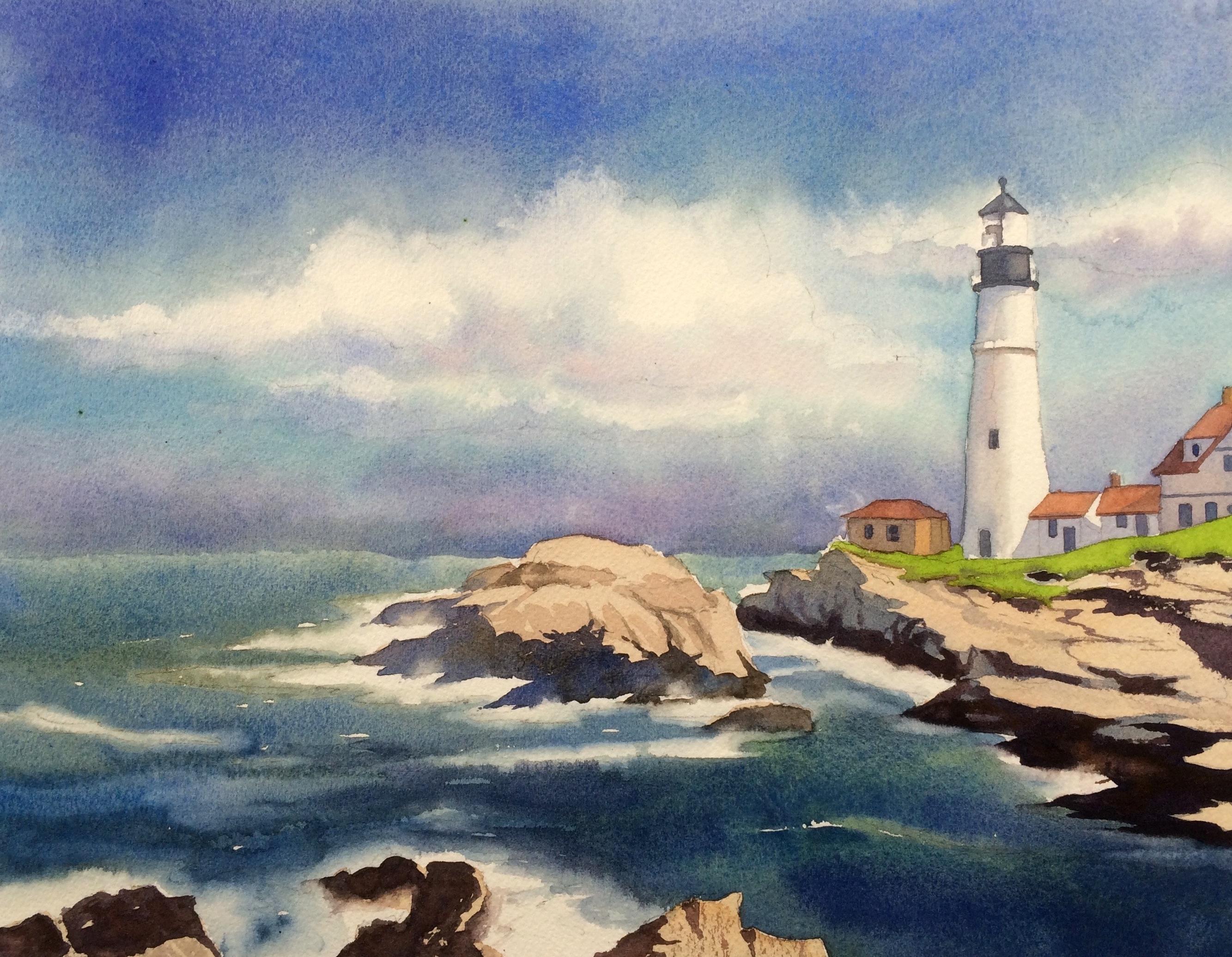
Discover how to choose and use granulating paints in watercolor painting. Learn about granulation, which styles of art use granulating colors, and why some artists prefer them. Includes links to 5 great granulating painting tutorials.
Categories: Step-By-Step Painting Ideas , Watercolor Lessons , Intermediate Techniques , Advanced Techniques , Beginner Techniques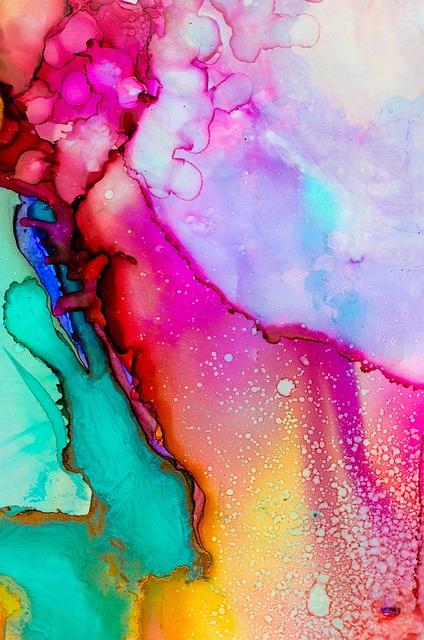
Discover the importance of taking time to decompress and restore inner peace through meditation and painting. Join a meditative paint-along session on Facebook Live and learn how to reduce stress, improve your mood, and increase your overall sense of well-being. Meditation and painting can have a positive impact on your mental health, promoting relaxation, reducing stress, and enhancing your creativity.
Categories: Watercolor Lessons , Preparing for Painting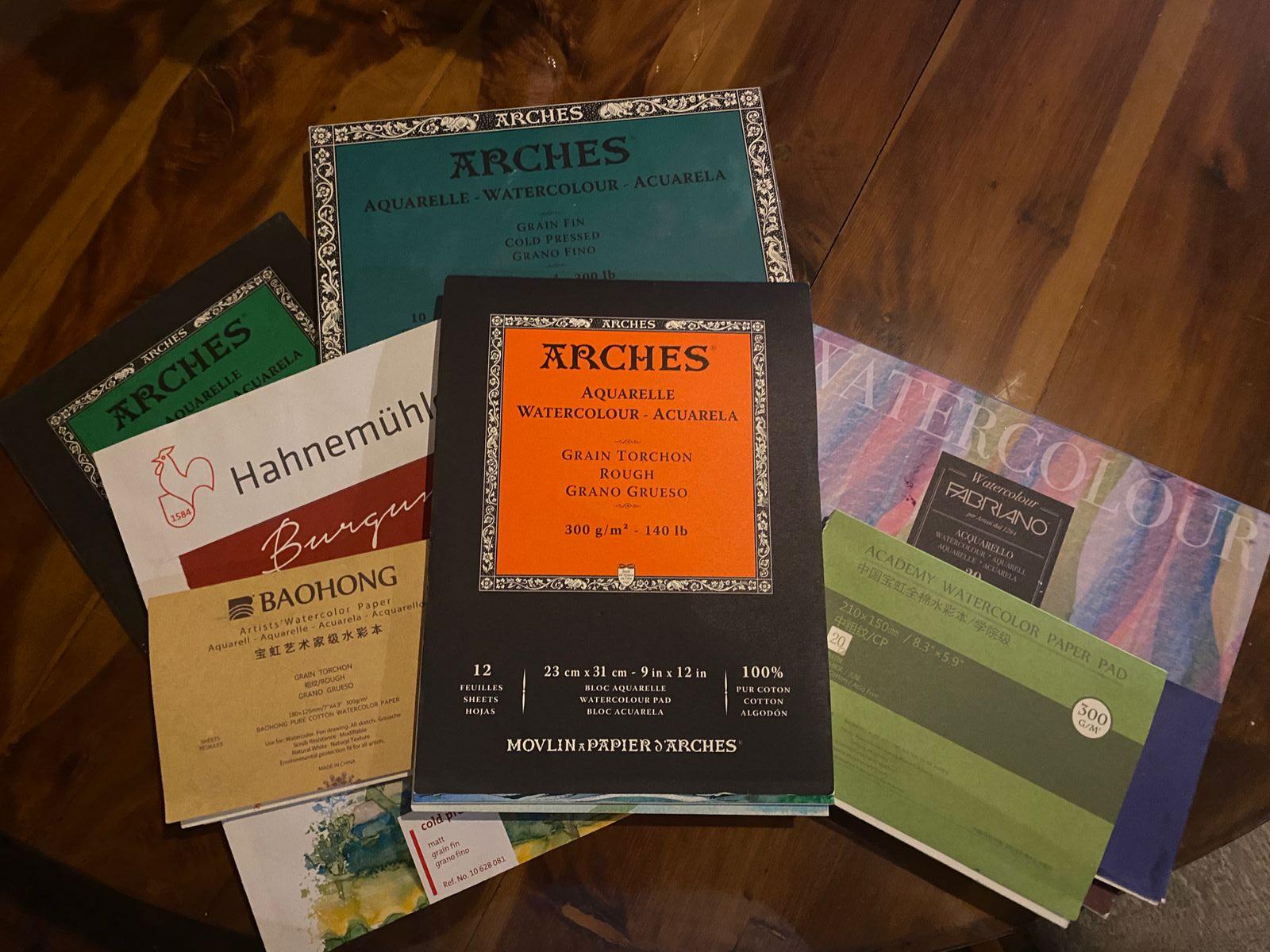
Are you struggling to find the right paper for your watercolor paintings? In this blog post, we'll give you some tips on how to select the perfect watercolor paper for your artwork. We also have a mini course that is included in your monthly membership where Diane Bradley goes into detail with some examples.
Categories: Watercolor Lessons , Preparing for Painting , Tutorial Preview